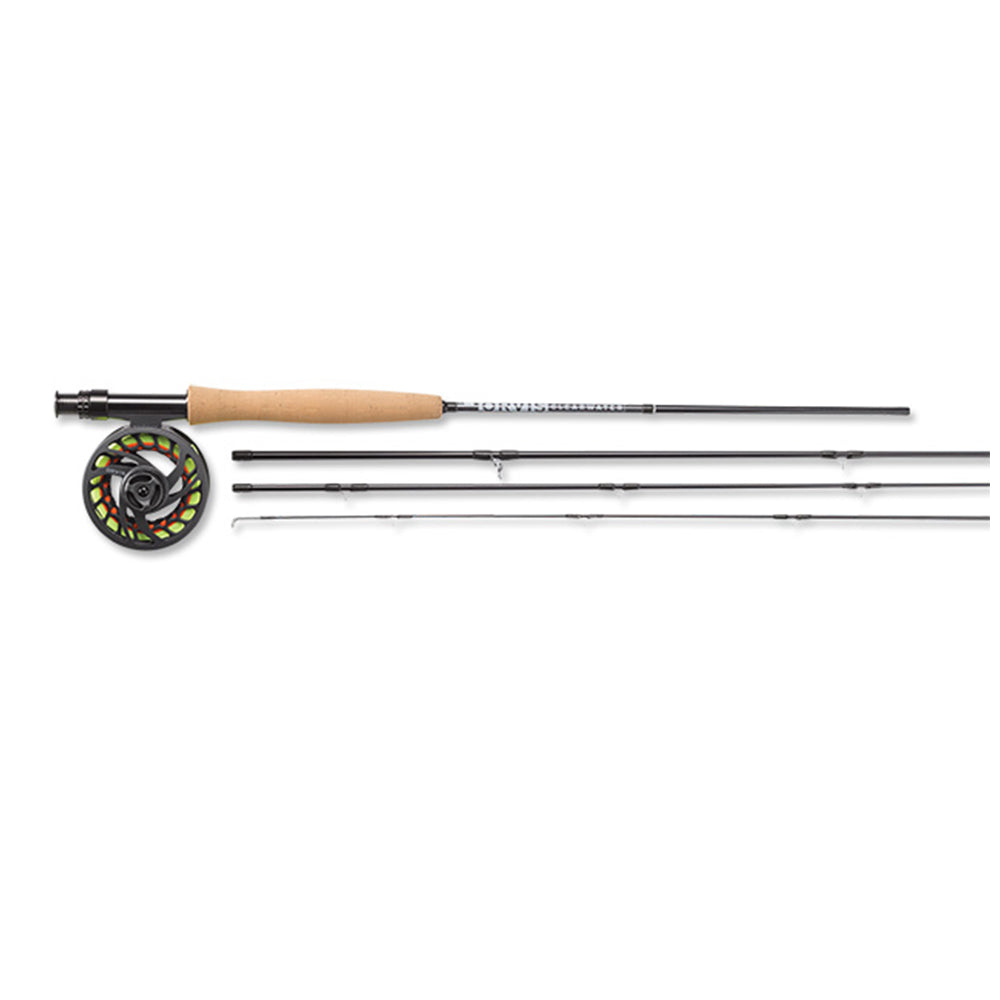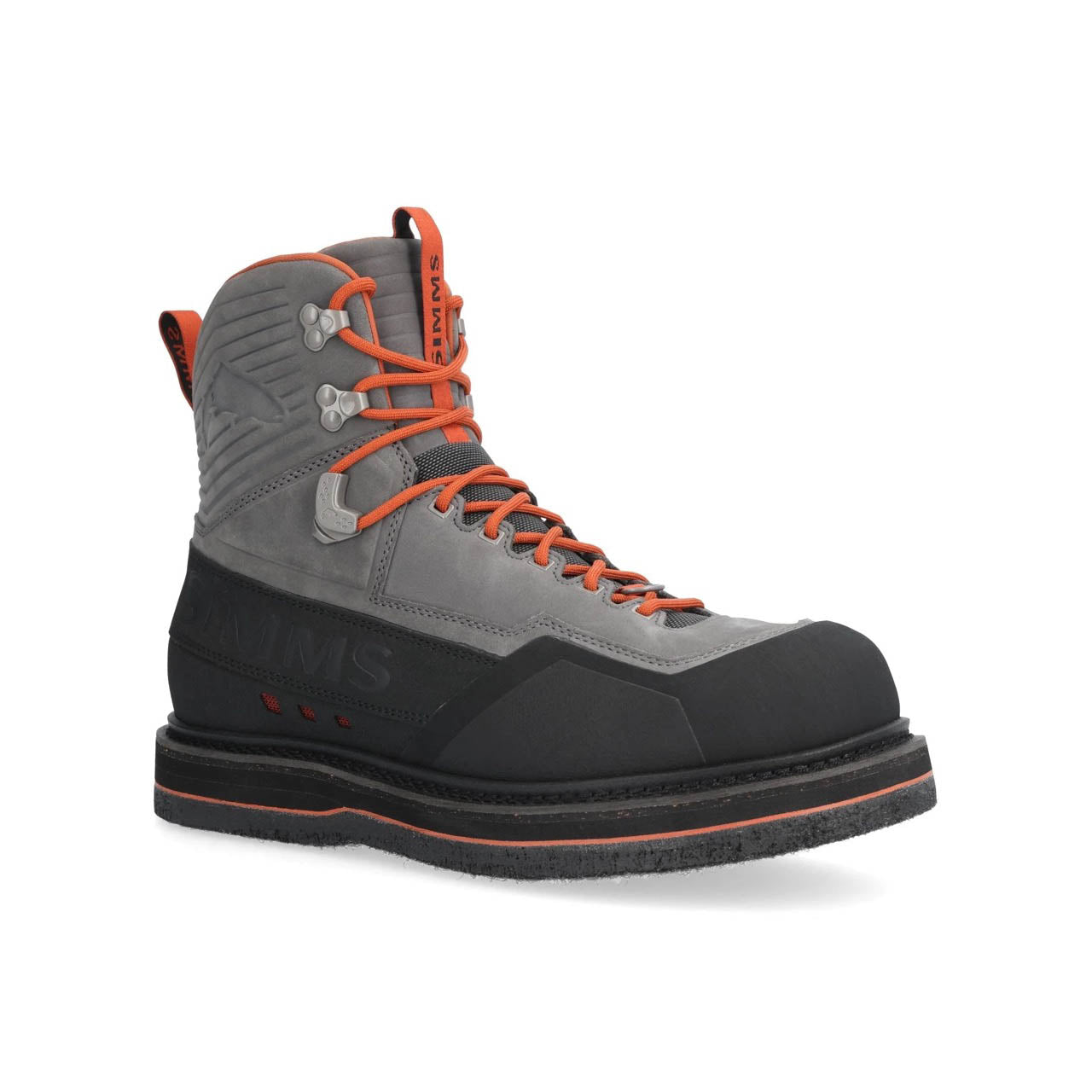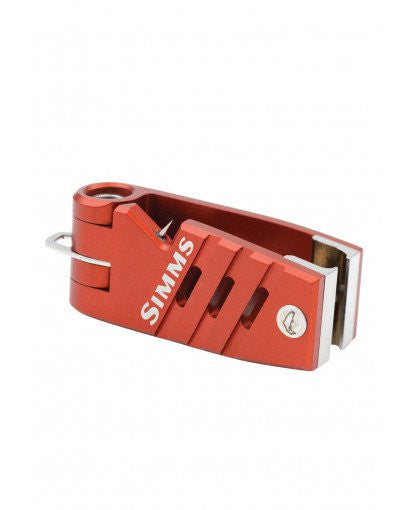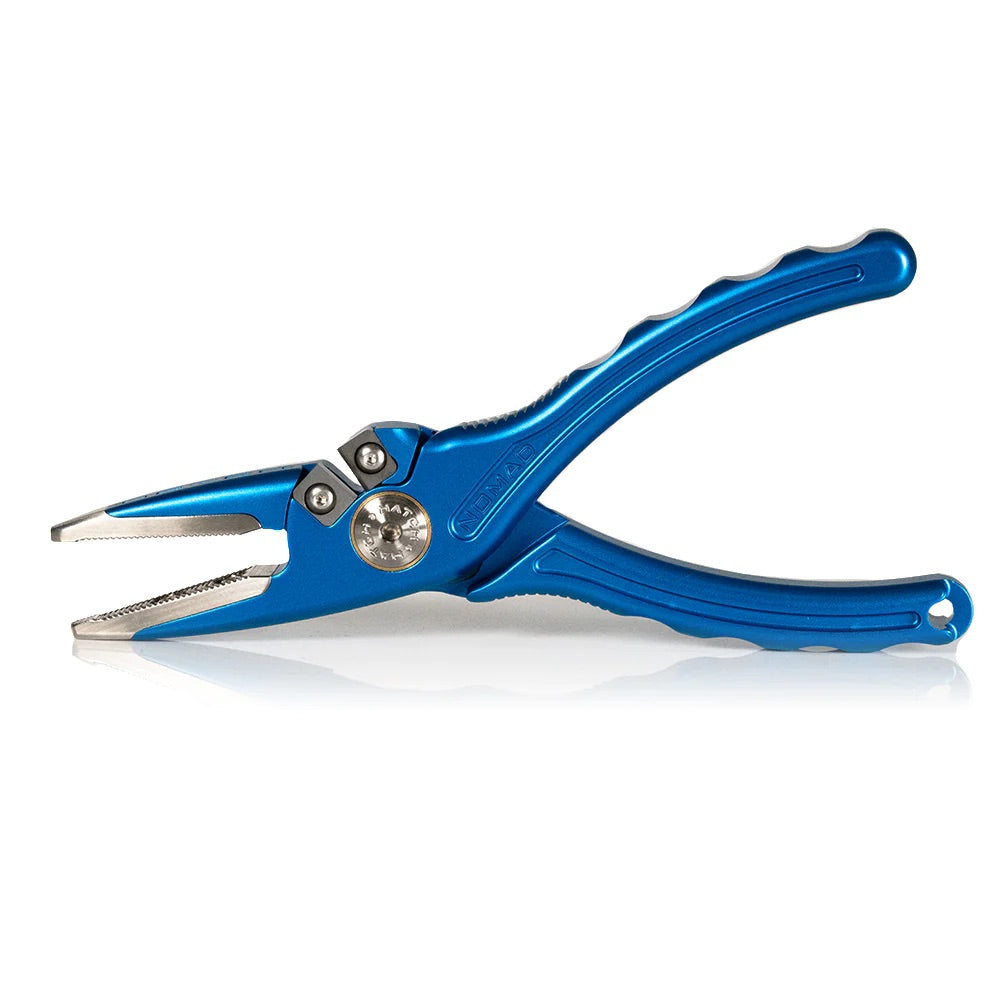Jon Baiocchi Reports on 2.6.2020
It’s been pretty good on the Lower Yuba River, but the air temperatures will greatly affect Skwala activity, and also the mayfly hatches. The last two days with the extremely cold north wind really hampered the dry fly fishing. In fact last Monday was the coldest day I can remember on the Yuba River. That north wind cuts right through you and it’s enough to give one an ear ache for days. Here is an example of how the air temperature and wind chill affect Skwala activity. On Saturday, the first of February, I was hosting group #2 from Tri Valley Fly Fishers at Hammon Grove. That day we saw dozens of stoneflies in the willows, on the rocks, and in the drift. We saw many blow ups from the trout eating them as well. This past Monday, I saw one Skwala out, with only a few rise forms. Where do they go? They simply hide out under the cobbles and wait for another day that is warmer. For the mayflies, it’s a different story. They have a 24 hour life cycle, where as a stonefly can live for a month or longer. Cold wind can affect the water temps from coming up a few degrees which is part of the trigger mechanism that mayflies use to hatch. The other aspect is that with a strong wind, the duns are not on the water as long and are simply blown off the surface, much to the trout’s dismay.
The flows have come down and Yuba Water Agency has cut the flows back a little from the lack of precipitation and is currently running at 1,093 cubes – Love it! There’s more to come too, from their website this morning: “Current snow survey data and long-range forecasts indicate dry conditions. For water conservation purposes we will decrease releases from Englebright Reservoir on Tuesday 2/4, Wednesday 2/5 and Thursday 2/6 by 50 cfs per day, from 1,000 cfs to 850 cfs. If weather conditions change we will reevaluate and look at adjustments to flows. Releases from Englebright Reservoir are managed to comply with license flow requirements.” Fishing pressure has been busy especially on the weekends. The lack of fishing etiquette has been disturbing, especially from new guide boats, and new pilots of public boats. We had three boats drift right through a foam line with rising trout that my clients were fishing last Saturday, and they didn’t even acknowledge that we were there. I’ve been in the same situation before where veteran drift boat guides would drift behind us as to not disturb the feeding lane we were fishing in front of us. I’ve said this before, and I’ll say it again – Communication from those behind the oars goes a long way.
So I’ve been working closely with Brian Clemens on trips where our clients do a day with him in the boat, and then a more instructional day with me on how to best approach the Yuba River on their own as a walk and wade angler. Brian has been doing really well nymphing from the boat. He’s covering the most productive water, with the right flies, and at the right depth – for miles. The best bugs for the indo rig have been Clemens’s Skwala Stone, Clemens’s Bad Ass Baetis, Jimmy Leg Stones, and the worm. The upper river has a little more color to it than down below, so switching to 5X has its advantages when the water is clearer. I’ve been on the upper part of the river a lot, and there is a ton of fish stacked up there right now. According to Brian the top and bottom sections of the Yuba down to Daguerre dam have the biggest amounts of fish in the system, while the middle section is just ok. You know how the Yuba works, the trout can be here today, and somewhere else tomorrow. If you’re not catching – Move!
For me and my trips, it’s all about the afternoons. Hunting selective trout from the bank is so much fun! It’s very challenging and technical, but when you do have some success it’s simply so rewarding. That type of situation is what I live for whether it is me fishing, or my guests. Mayflies start appearing round 1 pm or so, look for the songbirds being active to help guide you. Two PMDs are out, a size 14, and a size 16 that is a little more yellow, and the BWOs in a size 18 as well. Once the fish are keyed in on the mayflies and are looking up, it then becomes Skwala time with the best fishing from 3 to 5pm. You’ll have better results with broken water than the flat calm water. The trout have more time to inspect your fly on the flat calm water. With more fishing pressure on the river you’ll often see the fish take a natural Skwala and refuse your artificial. Try changing patterns and see if they take it, if not, move on and find another fish. I’m totally booked up for February with regular guide trips, workshops, and the Pleasanton Fly Fishing show, but have a few dates open for March as of now. If you really want to learn about the Yuba, I can teach you the ways through Jedi training and mind tricks. See you on the water…






























Leave a comment
All comments are moderated before being published.
This site is protected by hCaptcha and the hCaptcha Privacy Policy and Terms of Service apply.